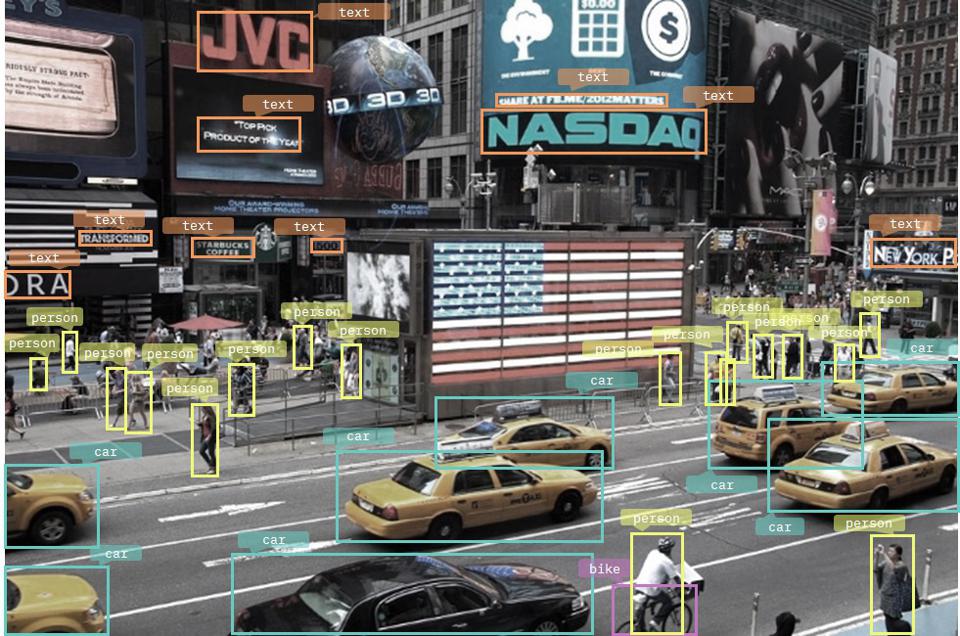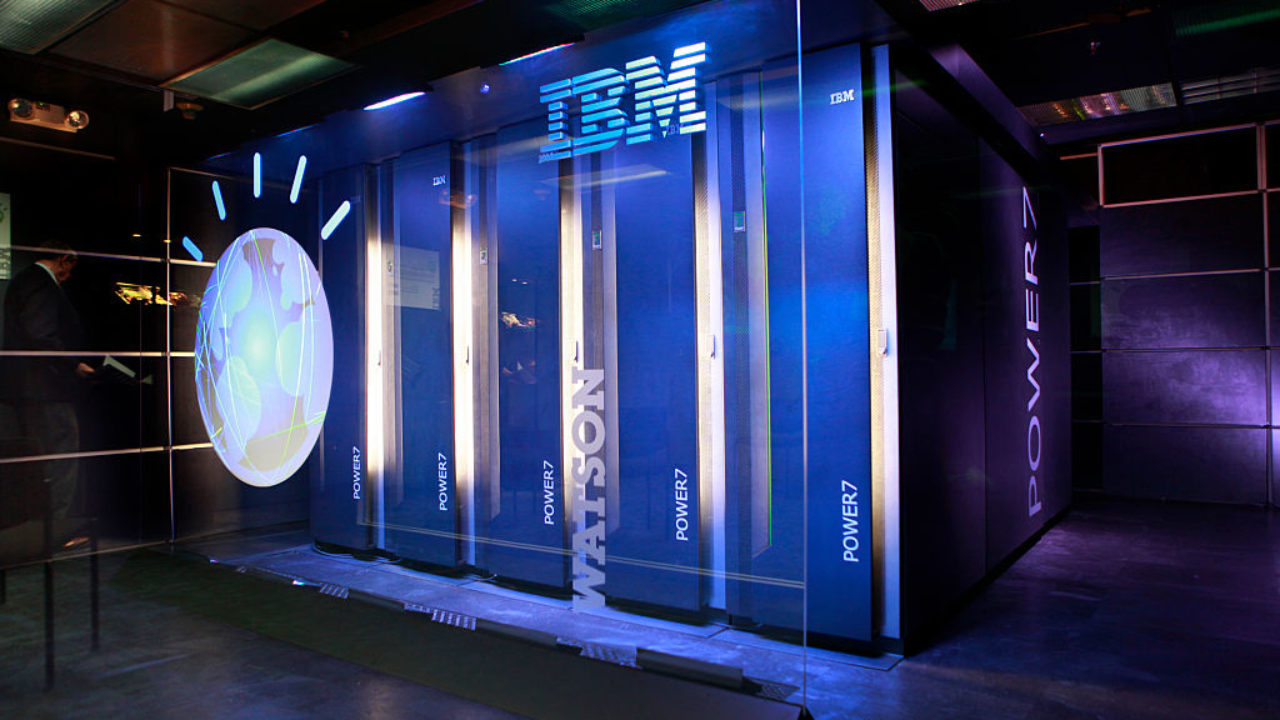
There are many different types of AI, but a common misconception is that only General AI and Self-aware AI are considered Artificial Intelligence. Although these types of AI can be amazing, it is important to not confuse them. Each of these types is equally important, and each should be carefully studied before we make an informed decision. In this article, we'll discuss each type in more detail. We'll gain a better understanding about how AI works.
AI that is self-aware
It is crucial to be able to comprehend self-aware artificial intelligence. If it adopts an overly humanlike personality, it could pose a danger for humanity. Data taken from Star Trek: TNG shows an example of an artificial intelligence that could care for a cat better then a human. While AI's self awareness is still not what it should be, some of our innovations are already making an impact in the real world.
For example, a robot programmed to make believable utterances about consciousness could be able to mislead humans into believing that the machine has consciousness, which would cause them to be less likely to harm them. Superintelligent machines could even use neurophysiology in order to determine if consciousness exists in humans. It is still an intriguing concept, although the future is uncertain regarding self-aware artificial intelligence.

General AI
AI is the ability to understand and learn from any task. This type of intelligence is a step closer to making intelligent machines understand our world. Artificial general intelligence can be described as the ability of intelligent agents learn to understand and perform almost all tasks that humans can do. "Superintelligence" often refers to general AI.
Some definitions are general AI. Others are more specific. A robot that makes decisions based only on a given task could be considered general AI. The development of a Web aggregater is an example. These systems are not considered intelligent under a human intelligence threshold. The outcome of an AI program depends on its state, data availability, and what the user wants. Moreover, such a general AI definition would be meaningless if the technology is not used in its true sense.
AI with a narrow focus
The term weak artificial Intelligence, also known as narrow AI in artificial intelligence, refers to a limited portion of artificial brain. However, it can be used for a narrow task. John Searle referred to narrow AI as a subset or weak version of artificial intelligence. Narrow AI was used by John Searle to test hypotheses but not actual minds. Its purpose is to replicate the human experience as closely as possible. It is unlikely that these machines will be able perform complex tasks without real-world intelligence.
Because of its limited scope, narrow AI could be classified as such. IBM Watson, for instance, is a conversational assistant that employs cognitive computing, natural languages processing, and machine-learning. It beat Ken Jennings, the human contestant, on Jeopardy! and was named the winner. Other examples of narrow AI include Google translate, image recognition software, spam filtering, and Google's page ranking algorithm.

Reactive AI
Reactive intelligence is the simplest form artificial intelligence. It responds to the environment it is in, rather than making its own decisions. Deep Blue, IBM's supercomputer is an example. The IBM computer was able to compete against the current world chess champion. Deep Blue, which was developed to emulate the human mind, is still being studied. However, even though it does have some basic features the technology behind its creation is still controversial.
Reactive AI uses statistics in order to analyze images. It learns this through experience. This information is used to identify new images more accurately. These systems are limited in their capabilities, and they cannot compete with humans in every domain. But they can surpass the human abilities in some domains. For example in 1997, Garry Kasparov (chess Grandmaster) was defeated by the computer. Although it's limited, it's still capable to perform superior tasks than human players.
FAQ
AI: What is it used for?
Artificial intelligence (computer science) is the study of artificial behavior. It can be used in practical applications such a robotics, natural languages processing, game-playing, and other areas of computer science.
AI is also known as machine learning. It is the study and application of algorithms to help machines learn, even if they are not programmed.
Two main reasons AI is used are:
-
To make our lives easier.
-
To be better than ourselves at doing things.
Self-driving car is an example of this. AI can do the driving for you. We no longer need to hire someone to drive us around.
Is AI possible with any other technology?
Yes, but still not. There are many technologies that have been created to solve specific problems. All of them cannot match the speed or accuracy that AI offers.
What's the status of the AI Industry?
The AI market is growing at an unparalleled rate. It's estimated that by 2020 there will be over 50 billion devices connected to the internet. This will mean that we will all have access to AI technology on our phones, tablets, and laptops.
Businesses will need to change to keep their competitive edge. Companies that don't adapt to this shift risk losing customers.
Now, the question is: What business model would your use to profit from these opportunities? You could create a platform that allows users to upload their data and then connect it with others. Perhaps you could also offer services such a voice recognition or image recognition.
No matter what your decision, it is important to consider how you might position yourself in relation to your competitors. It's not possible to always win but you can win if the cards are right and you continue innovating.
Statistics
- More than 70 percent of users claim they book trips on their phones, review travel tips, and research local landmarks and restaurants. (builtin.com)
- While all of it is still what seems like a far way off, the future of this technology presents a Catch-22, able to solve the world's problems and likely to power all the A.I. systems on earth, but also incredibly dangerous in the wrong hands. (forbes.com)
- In the first half of 2017, the company discovered and banned 300,000 terrorist-linked accounts, 95 percent of which were found by non-human, artificially intelligent machines. (builtin.com)
- By using BrainBox AI, commercial buildings can reduce total energy costs by 25% and improves occupant comfort by 60%. (analyticsinsight.net)
- Additionally, keeping in mind the current crisis, the AI is designed in a manner where it reduces the carbon footprint by 20-40%. (analyticsinsight.net)
External Links
How To
How do I start using AI?
An algorithm that learns from its errors is one way to use artificial intelligence. You can then use this learning to improve on future decisions.
To illustrate, the system could suggest words to complete sentences when you send a message. It would take information from your previous messages and suggest similar phrases to you.
However, it is necessary to train the system to understand what you are trying to communicate.
You can even create a chatbot to respond to your questions. If you ask the bot, "What hour does my flight depart?" The bot will reply, "the next one leaves at 8 am".
If you want to know how to get started with machine learning, take a look at our guide.